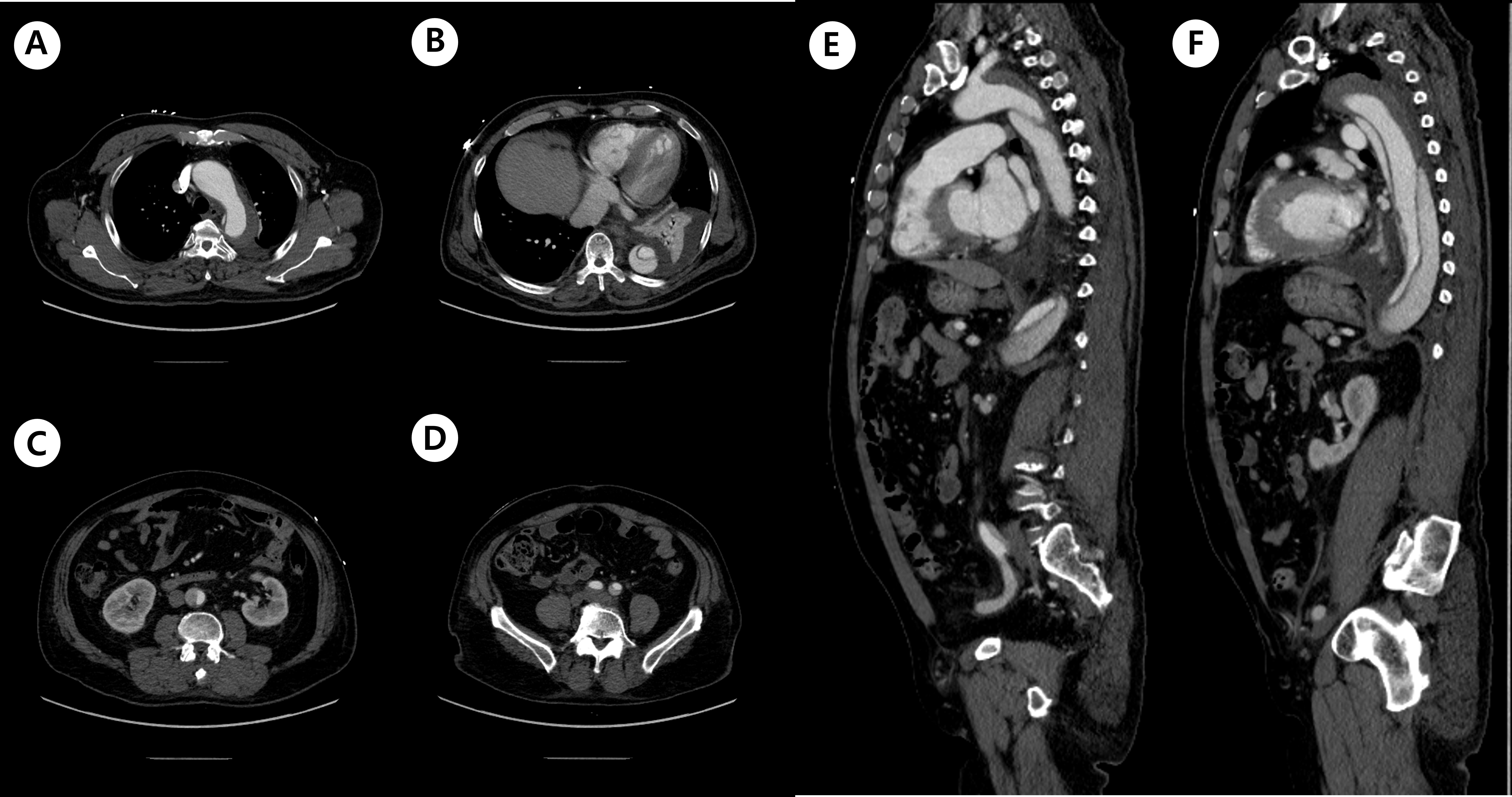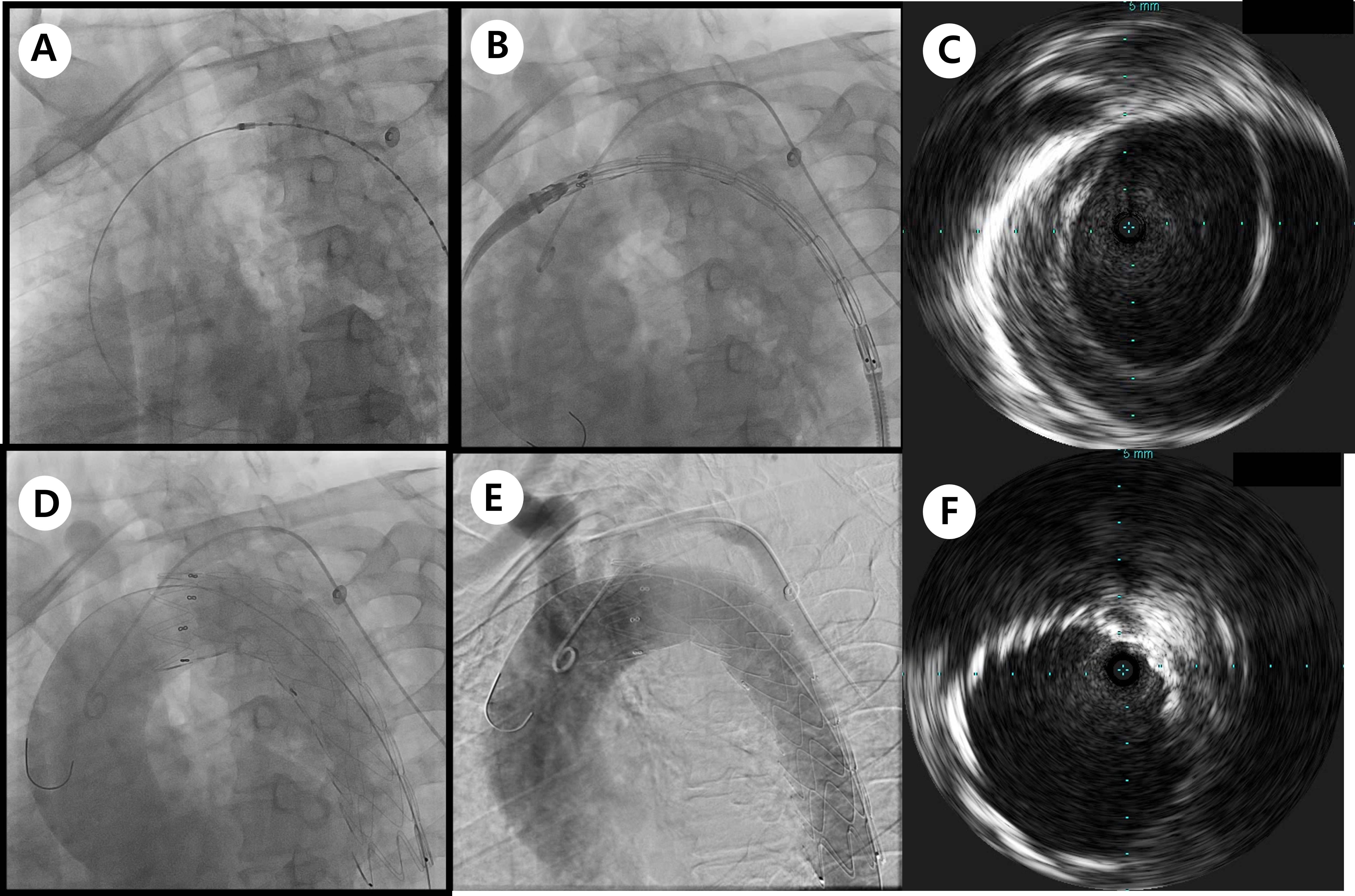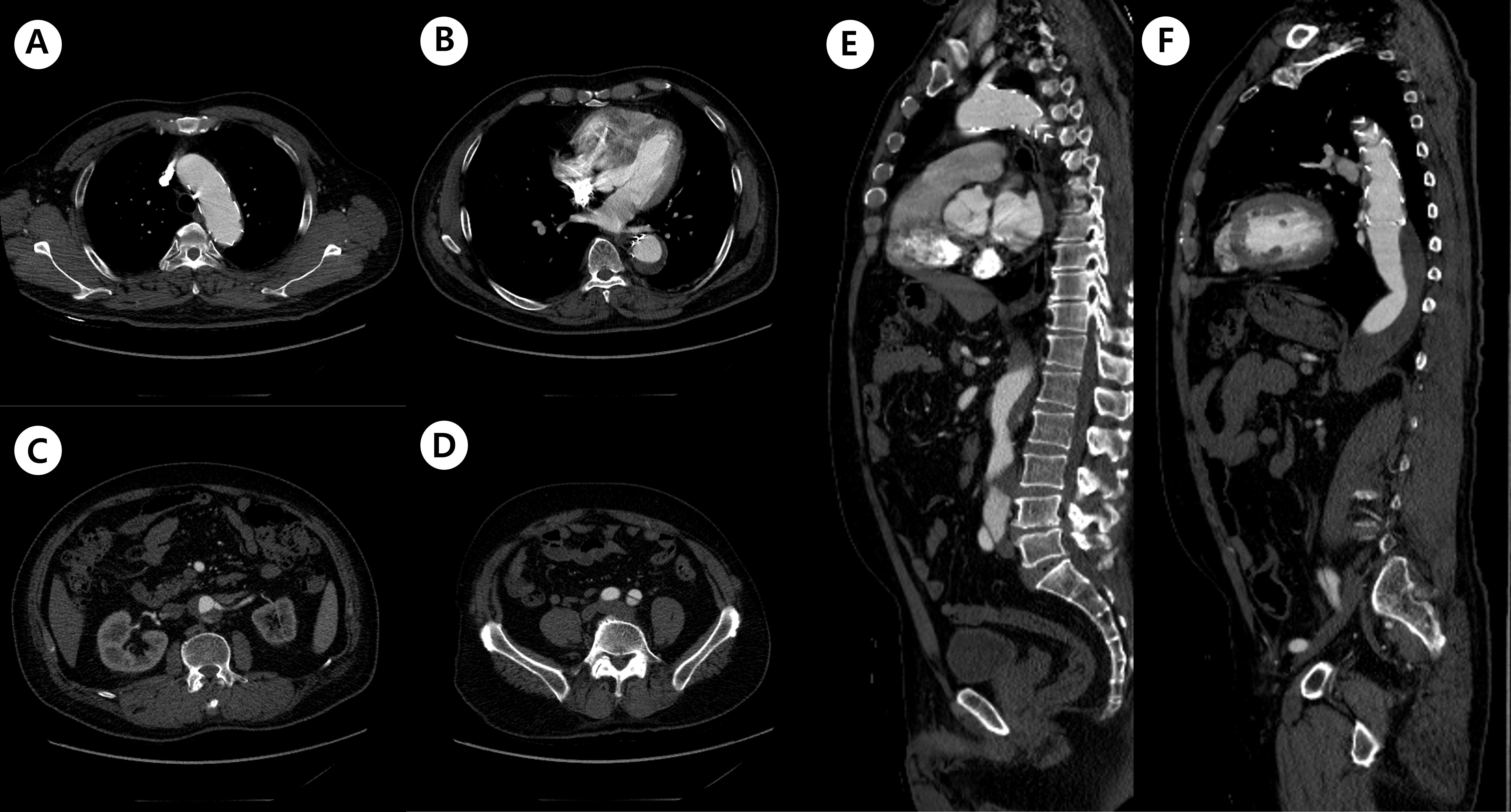Lots of interesting abstracts and cases were submitted for TCTAP 2024. Below are the accepted ones after a thorough review by our official reviewers. Don’t miss the opportunity to expand your knowledge and interact with authors as well as virtual participants by sharing your opinion in the comment section!
TCTAP C-197
A Case of Thoracic Endovascular Repair of Type B Aortic Dissection
By Se Hun Kang, Sang Hoon Kim, Jae Youn Moon
Presenter
Se Hun Kang
Authors
Se Hun Kang1, Sang Hoon Kim1, Jae Youn Moon1
Affiliation
CHA Bundang Medical Center, Korea (Republic of)1,
View Study Report
TCTAP C-197
Endovascular - Thoracic & Abdominal Aortic Interventions
A Case of Thoracic Endovascular Repair of Type B Aortic Dissection
Se Hun Kang1, Sang Hoon Kim1, Jae Youn Moon1
CHA Bundang Medical Center, Korea (Republic of)1,
Clinical Information
Patient initials or Identifier Number
Relevant Clinical History and Physical Exam
The patient was a 67-year-old man presented to the emergency department with severe chest pain. Computed tomography showed a type B aortic dissection extending from the left subclavian artery to the iliac bifurcation.


Relevant Test Results Prior to Catheterization
After 2 weeks of medical treatment, CT showed a near total occlusion of the left renal artery and decreased enhancement of left renal parenchyma due to static extension of dissection flap into the left renal artery. Consideringthat the patient had a complicated type B aortic dissection, Thoracicendovascular aortic repair was planned following heart-team discussion.


Relevant Catheterization Findings
Interventional Management
Procedural Step
The procedure was planned to use a Valiant stent of size 38-34-150 (Medtronic, MN,USA). A pig tail catheter was placed in the ascending aorta through the left radial artery. To reduce the possibility of the wire entering the false lumen, an introducing catheter was inserted into the right femoral artery because the intimal flap involvement of the common iliac artery was minimal, intravascular ultrasound was used to confirm that the wire was located in the true lumen. Stent was implanted successfully without procedural complication. The patient remained asymptomatic during 2-year follow-up period, and CT showed that false lumen enhancement in the abdominal aorta, but decreased size and thrombosis of false lumen of the thoracic aorta.




Case Summary
Currently, the standard treatment for type B aortic dissection is medical treatment. However, for some patients, including those with complicated type B aortic dissection, thoracic endovascular repair may also be a good treatment option.

